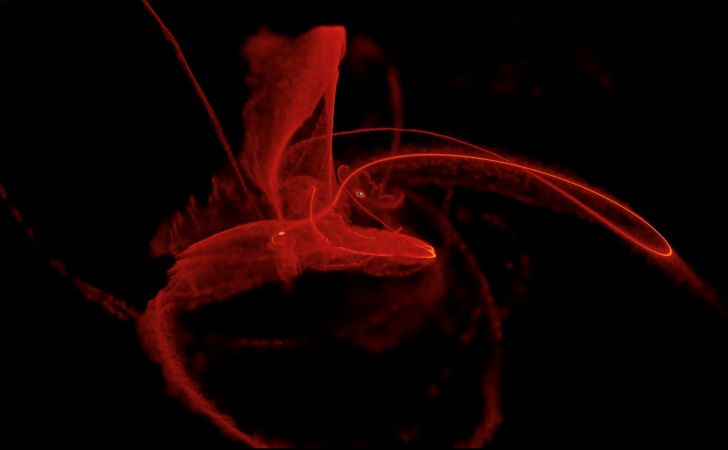How were the most ancient objects in the universe formed?
When
-
Abstract: Ancient remnants from the early universe surround our galaxy, which you may know as globular clusters. Although now on their old age, understanding how these clusters were formed has the potential to provide insight into the physical conditions that prevailed during an epoch that cannot be directly observed. We now know that globular clusters can form during extreme episodes of star formation in the relatively nearby universe, but the actual physical conditions that give rise to globular clusters have vexed both observers and theorists for decades.




